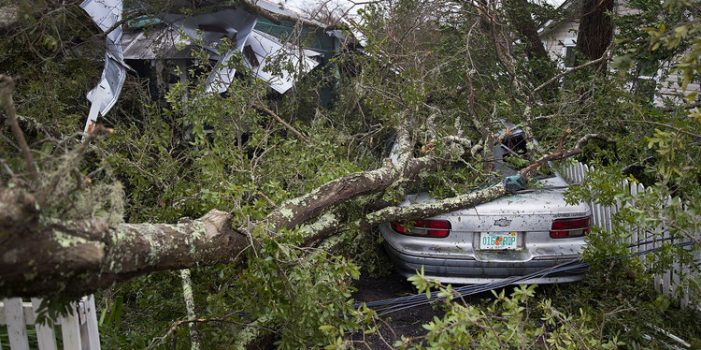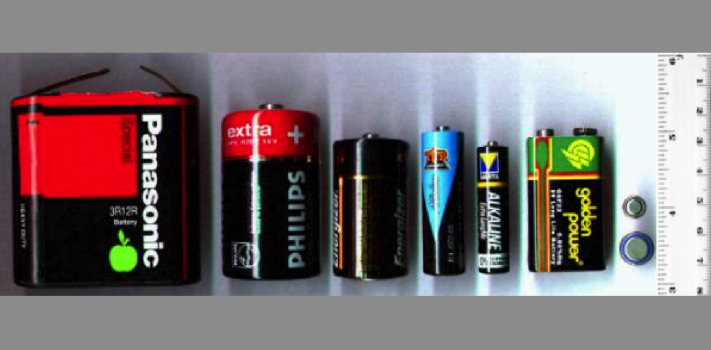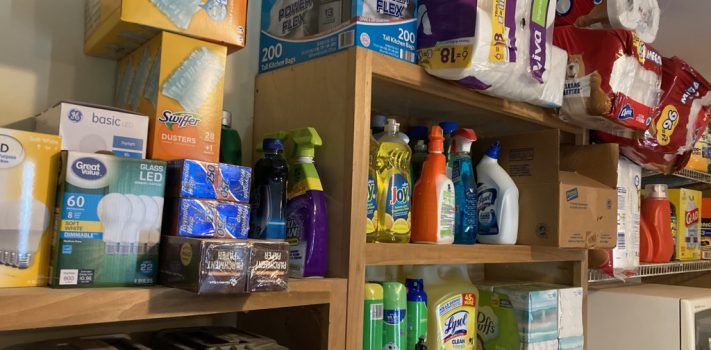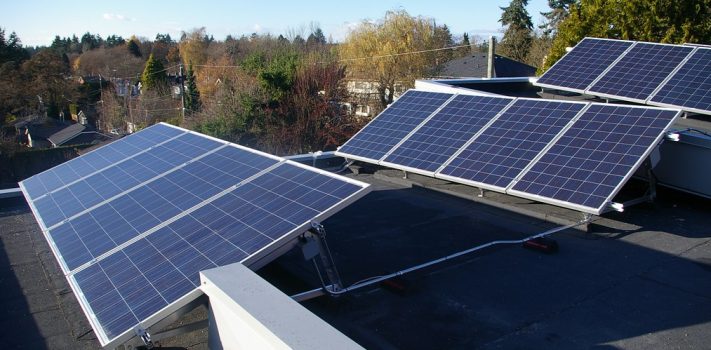Small Scale PV Power For TEOTWAWKI, by Mike in Alaska
When it all hits the fan and the grid is gone for whatever reason, be it EMP, all out nuclear exchange, a hurricane, or possibly a tornado, snow knocking down trees, or as we say up here in the interior of Alaska the four reasons power goes out: it’s either too hot, too cold, too wet, or the dawgs pee on the phone pole, and when that happens, we are now all equally being given a ride back in time … a time of no lights to just switch on, no medical life sustaining devices, and now it’s “game-on”, folks. …












